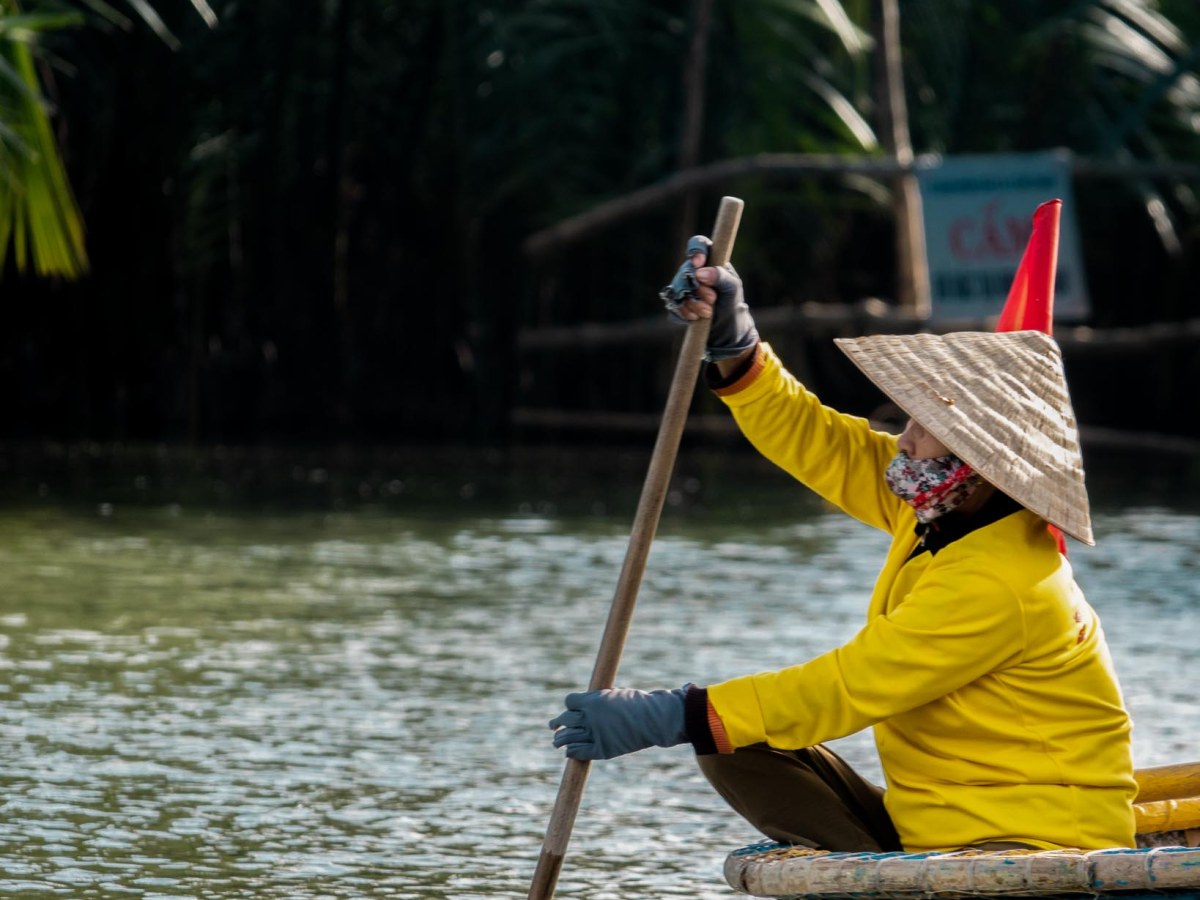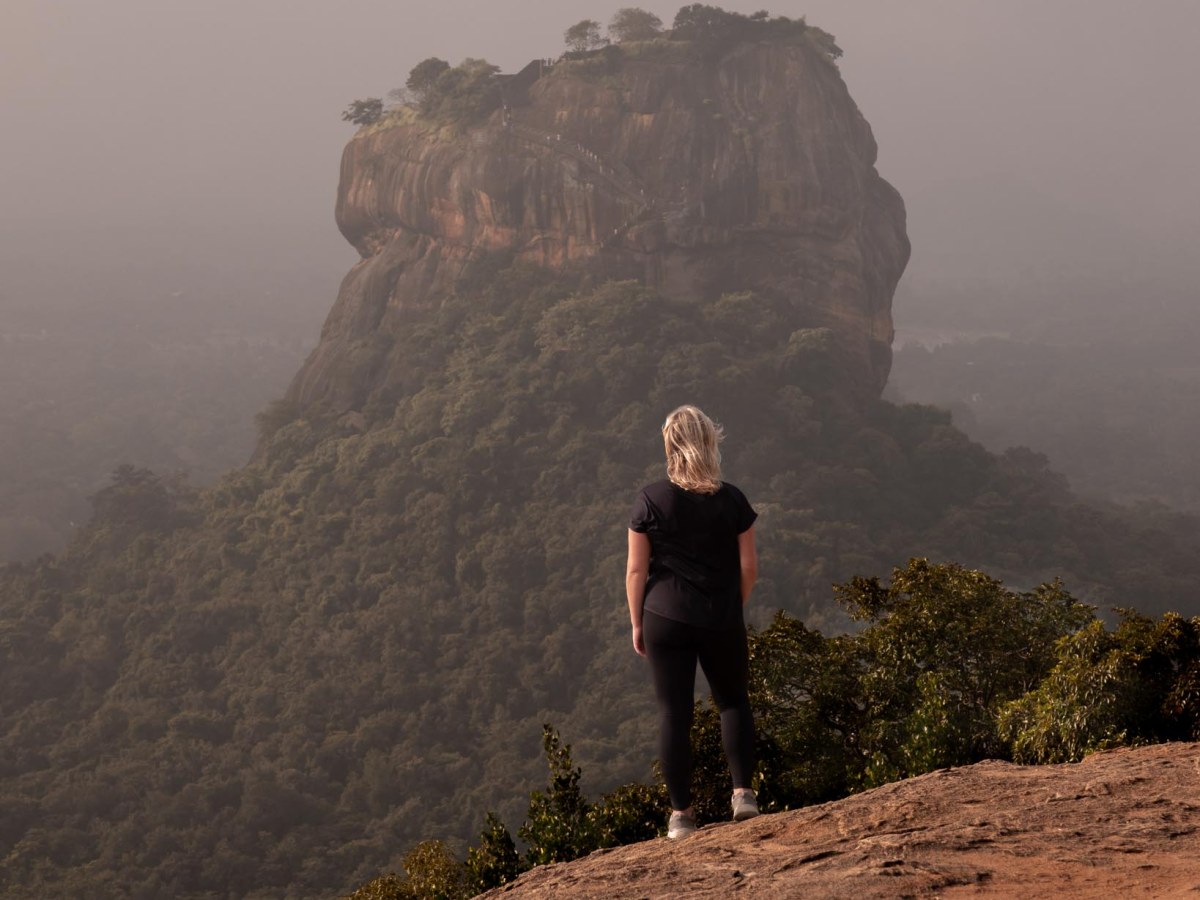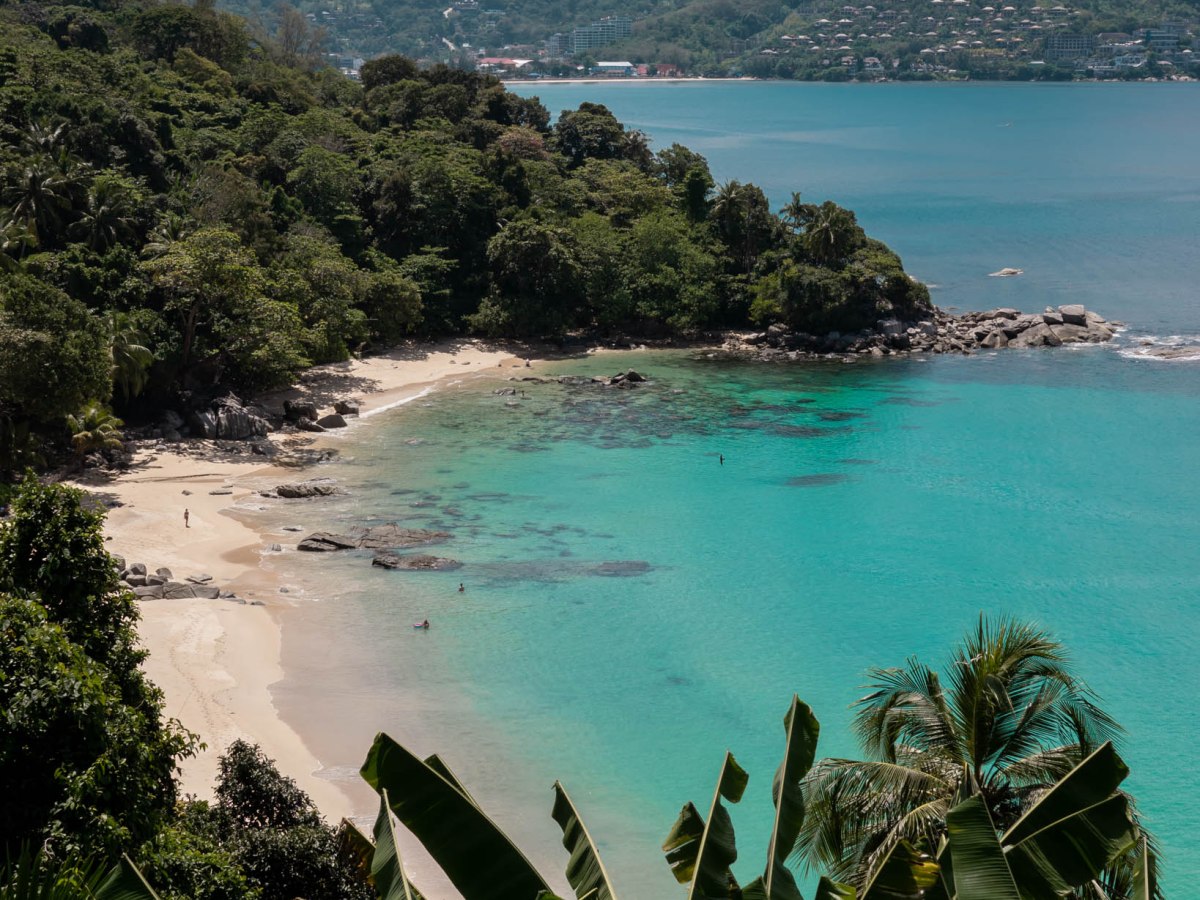Go Trekking in the Rice Fields
Trekking is the most popular activity here in Sa Pa, you can do this with or without a local guide. When your arrive in Sa Pa, and as you spend time in the area, you’ll get to know some of the various ethnic minority groups as they will introduce themselves to you as you’re wandering around. Many of them will offer trekking trips, so if you’re not a confident hiker or would like to get to know some of the locals and find out about their lives then this is a great option. I did hear however, that some people who chose to do this went trekking with locals who could only speak a handful of English, so they didn’t quite get the experience or the education they had hoped for. We trekked ourselves, looking for little side roads and paths where we could and using apps like Google Maps and AllTrails to help us navigate. We hiked a LOT of hills and saw some of the most beautiful views in the region so if you’re able, PLEASE add trekking to your itinerary!
Visit a Mountain Village and learn about the local tribes
There are 5 different ethic minority groups in Sa Pa and their lives and culture is very interesting to learn about. There are multiple villages around Sa Pa that you can visit and see how these groups live, the things they create and sell, and learn about their history.


Get the Cable Car up to Fanispan Mountain
A trip to Fansipan Mountain is a MUST! Whether you want to take on the challenge of hiking this huge mountain or take the scenic cable car, it’s a must visit for your trip to Sa Pa. Nicknamed ‘the roof of Indochina’, this incredible mountain stands tall at 3,147.3 metres above sea level and is the highest peak in Vietnam. Start your trip to Fansipan by heading to Hoang Lien Station in Sa Pa and getting on a Funicular Train to Sun World Fansipan Legend where you’ll be greeted with beautiful gardens, photo spots and amazing views. From there you can then take the cable car up to the peak which is the longest and most incredible cable car journey I have ever taken in my life, and I’ve tried a few. On our journey we passed through the clouds and came out on top before arriving at the peak and then taking the stairs up to the Buddha, Pagoda and finally, the summit. Please don’t miss this on your Sa Pa trip! It exceeded my expectations in so many ways and I hope you enjoy it as much as I did.
Visit the Night Market in Sapa Town
Nightly in Sa Pa town you’ll find a night market with a range of food, clothes, souvenirs and more. It’s a great place to grab some street food in Sa Pa and see what local life is like. Sa Pa night market is open everyday from 6:30 until late.
Explore Silver Falls Waterfall
There are a few beautiful waterfalls in Sa Pa to go and explore, some of which you’ll probably come across if you do go trekking. They’re huge and flow down into the stream at the bottom of the hills, a beautiful sight to see. If spotting waterfalls is high on your itinerary, please check the time of year you are visiting as we visited in early March 2024 and there wasn’t any water on the waterfalls.
Stay in a Cabin in the Hills with Amazing Views
I found the BEST place to stay in Sa Pa for nature lovers and it only costs 300,000 VND (£10) per night to stay AND breakfast is included! This price is based on the entire cabin, not per person by the way! It’s a small homestay with 4 cabins in the beautiful garden that is filled with flowers and butterflies. The cabins have the most beautiful view and in my opinion, staying here is an experience in itself, waking up to the prettiest mountain views. The cabin is located in a nearby village called Ta Van, about a 20 minute drive from Sa Pa.


Try a Hotpot in Sapa Town
As it’s so high up in the mountains, Sa Pa can get quite chilly at times, especially in the evening so even if you’re visiting in the summer, make sure you take a jacket with you! My favourite way to warm up is with a hot comfort meal and nothing is better than a hotpot when in Sa Pa, there are veggie options available too!
Try Canyoning at Love Waterfall
Unfortunately during my visit (early March 2024), there wasn’t any water on any of the waterfalls, however if you’re lucky enough to catch the waterfalls and you’re someone who loves a bit of adventure, I’ve heard canyoning at ‘love waterfall’ is a LOT of fun! If you try this, please let me know if you enjoyed it!
Have fun in Sa Pa!
As always, love Elise x
Read More Here…
How to Travel Vietnam on a Budget – Tips for Affordable Travel
Vietnam is an incredible country filled with history, culture, natural beauty and amazing food. There are many different ways to experience Vietnam, whether you’re after luxury resorts and private tours or wanting to dive…
A Full Sri Lanka Travel Guide – Everything You Need to Know to Plan Your Trip
If you’ve decided to travel to Sri Lanka then I’m already excited for you, because you’re going to love it! Over recent years, more and more people are deciding to book a Sri Lanka…
How YOU Can Spend an Unforgettable Month in Thailand
So, you fancy spending the month in Thailand? You couldn’t have chosen a better place to explore with so much to see across the country no matter what your interests are (unless it’s snow,…
FAQ
Do I need a visa to visit Vietnam?
Most travellers need a visa to enter Vietnam. You can apply for a visa online (eVisa) or obtain it from a Vietnamese embassy or consulate before traveling. Check your local government website to see what applies to you.
What is the best time to visit Vietnam?
The best time to visit Vietnam is during the dry season, from November to April, when the weather is more mild. Try to avoid rainy season if you are planning to be outdoors as this may affect some of your plans such as hikes and tours.
Is Vietnam a safe country for tourists?
Vietnam is generally considered a safe destination for tourists. As with anywhere you travel to, you need to be cautious and responsible but overall it’s a very safe place to visit and I spent 2 weeks there as a solo female traveller!
What are the must-visit places in Vietnam?
Must-visit places in Vietnam include Hanoi, Ho Chi Minh City, Ha Long Bay, Hoi An, Hue, Sapa, Da Nang, and Phong Nha-Ke Bang National Park, among others of course. There is so much to see and depending on your interests, there are some areas of the country that you will be spending more time in than others.
How is the food in Vietnam, and is it safe to eat from street vendors?
Vietnamese cuisine is diverse and delicious! Street food is a significant part of the culinary experience and is generally safe to eat and cheap!
How to get around in Vietnam?
You can get around Vietnam using buses, trains, domestic flights, taxis, cyclos (pedicabs), and motorbike taxis. Each city may have its own unique transportation options and the best way (in my opinion) to get from city to city is by train. Sleeper trains are also a really good method of transportation from city to city as you get to wake up to a new place after a rocky nights sleep!
Can I drink tap water in Vietnam?
The tap water in Vietnam is not suitable for drinking. Stick to bottled or filtered water to avoid potential health issues.



